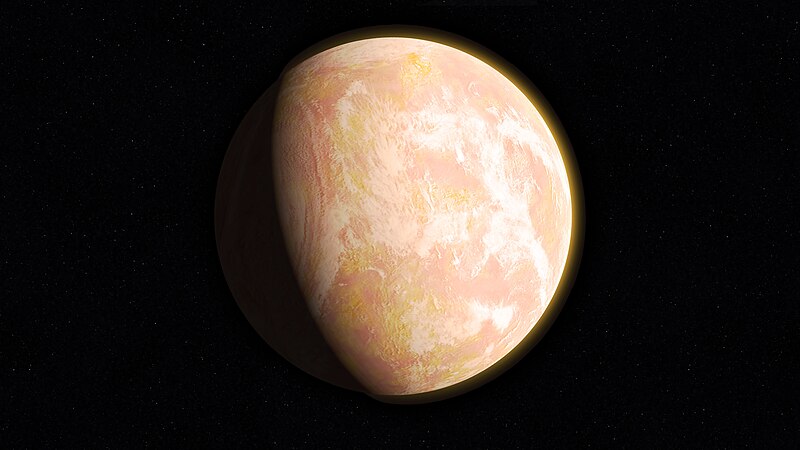tóng-àn:NASA-EarlyEarth-PaleOrangeDot-20190802.jpg
外觀

Seng khoàⁿ chiàm-liōng: 800 × 450 siōng-sò͘. Kî-thaⁿ--ê kái-sek-tō͘: 320 × 180 siōng-sò͘ | 640 × 360 siōng-sò͘ | 1,024 × 576 siōng-sò͘ | 1,280 × 720 siōng-sò͘ | 2,560 × 1,440 siōng-sò͘ | 3,840 × 2,160 siōng-sò͘.
Choân kái-sek-tō͘ (3,840 × 2,160 siōng-sò͘ , tóng-àn chiàm-liōng: 1.71 MB, MIME luī-hêng: image/jpeg)
Tóng-àn le̍k-sú
Chhi̍h ji̍t-kî/sî-kan, khoàⁿ hit sî-chūn--ê tóng-àn.
| Ji̍t-kî/Sî-kan | 細張圖 | 寸尺 | Iōng-chiá | Chù-kái | |
|---|---|---|---|---|---|
| hiān-chāi | 2019-nî 8-goe̍h 6-ji̍t (pài-jī) 01:09 |  | 3,840 × 2,160(1.71 MB) | Huntster | Higher resolution version. |
| 2019-nî 8-goe̍h 3-ji̍t (pài-la̍k) 17:54 |  | 1,440 × 810(72 KB) | Drbogdan | User created page with UploadWizard |
Iáⁿ-siōng liân-kiat
Bô poàⁿ ia̍h liân kàu chit tiuⁿ iáⁿ-siōng.
tóng-àn hō͘ lâng sái--ê chōng-hóng
Ē-kha--ê kî-thaⁿ wiki ēng tio̍h chit--ê tóng-àn:
- as.wikipedia.org hō͘ lâng ēng--ê chêng-hêng
- en.wikipedia.org hō͘ lâng ēng--ê chêng-hêng
- es.wikipedia.org hō͘ lâng ēng--ê chêng-hêng
- fr.wikipedia.org hō͘ lâng ēng--ê chêng-hêng
- it.wikipedia.org hō͘ lâng ēng--ê chêng-hêng
- ms.wikipedia.org hō͘ lâng ēng--ê chêng-hêng
- pt.wikipedia.org hō͘ lâng ēng--ê chêng-hêng
- ro.wikipedia.org hō͘ lâng ēng--ê chêng-hêng
- ru.wikipedia.org hō͘ lâng ēng--ê chêng-hêng
- tr.wikipedia.org hō͘ lâng ēng--ê chêng-hêng
- vi.wikipedia.org hō͘ lâng ēng--ê chêng-hêng


